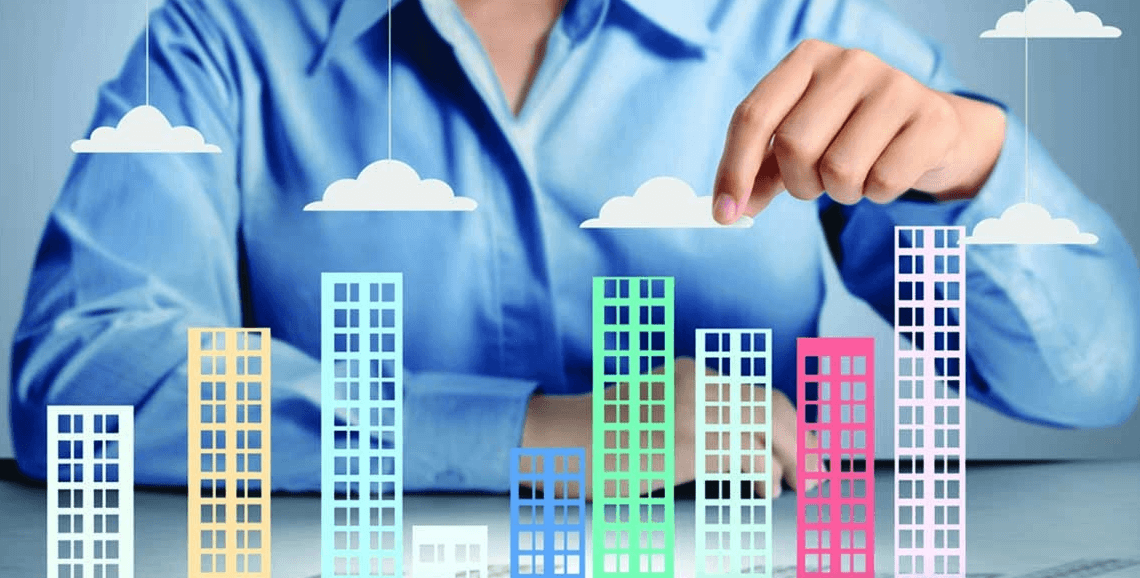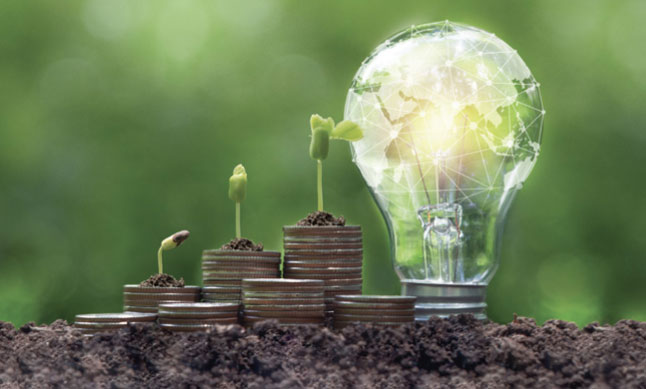Introduction
Festival developers are transforming the way communities are built by integrating spaces designed for celebration, culture, and shared experiences. Their projects go beyond residential and commercial functionality, placing social gatherings and cultural events at the heart of development. By creating environments where festivals and communal activities thrive, festival developers shape communities that are vibrant, dynamic, and deeply connected.
At the center of festival-oriented development is the belief that people seek more than just homes—they desire spaces that encourage connection and celebration. Festival developers design communities with plazas, amphitheaters, event lawns, and open spaces that serve as venues for concerts, cultural performances, seasonal festivals, and local markets. These features give residents the opportunity to come together, creating a sense of belonging and shared identity.
Cultural expression is a defining element of festival developments. Developers often collaborate with local artists, cultural groups, and community leaders to design spaces that reflect traditions and heritage. Whether it’s through themed architecture, public art, or dedicated event areas, these projects honor cultural diversity and make celebrations an integral part of daily life.
Festival developers also focus on adaptability and versatility. Event spaces are designed to transform easily, accommodating everything from small community gatherings to large-scale celebrations. This flexibility ensures that the spaces remain active throughout the year, constantly enriching the lifestyle of residents and visitors.
Sustainability plays a vital role as well. Developers integrate green spaces, eco-friendly event infrastructure, and renewable energy systems to minimize the environmental footprint of large gatherings. Thoughtful planning ensures that celebrations can flourish without compromising long-term ecological balance.
From an investment standpoint, festival developments are attractive because they cultivate lively, experience-driven communities. Properties within such communities benefit from the energy and vibrancy that festivals bring, appealing to buyers and investors who value culture, entertainment, and social engagement. These projects stand out as lifestyle destinations where people live, work, and celebrate together.
Conclusion
Festival developers are redefining modern communities by weaving celebration, culture, and connection into their design. By providing spaces for gatherings and cultural expression, they create environments where life is enriched through shared experiences. As society increasingly values community engagement and vibrant lifestyles, festival developers will continue to play a crucial role in building places that honor tradition, encourage creativity, and celebrate life year-round.




